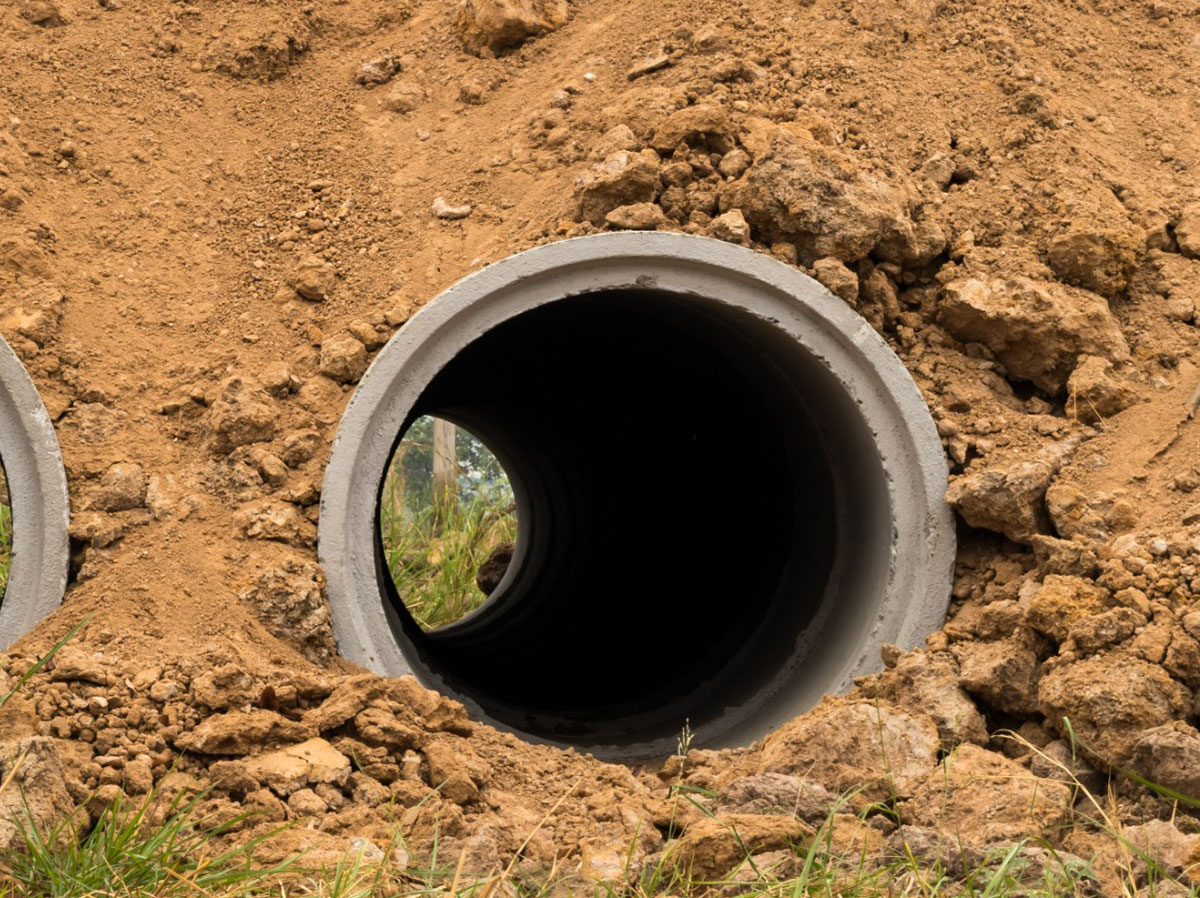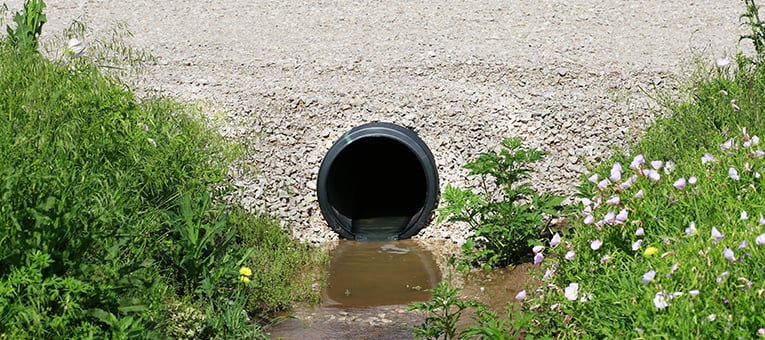Safe and Effective Tree Removal Providers
Wiki Article
Achieve Success With Culvert Setup: Best Practices Disclosed
Mounting culverts is an essential facet of framework growth, calling for accuracy and adherence to best techniques for long-term success. Whether undertaking a new project or preserving existing culverts, the process demands careful focus to detail. From the preliminary material option to the lasts of upkeep, each action plays a vital duty in the performance and longevity of the culvert system. In this discussion, we will explore vital strategies, ideas, and standards that can substantially impact the end result of culvert installments. Recognizing these key elements is paramount in guaranteeing the architectural integrity and efficiency of culverts, making it important for professionals and enthusiasts alike to realize these foundational principles.Correct Product Selection

Plastic culverts are lightweight, corrosion-resistant, and cost-efficient, making them a popular choice for numerous culvert installations. Inevitably, picking the appropriate product is essential to ensure the culvert system works efficiently and has a lengthy solution life (Road construction).
Site Preparation Tips
Effective site preparation is necessary for the successful installation of culverts, guaranteeing proper combination with the surrounding atmosphere and long-term functionality. Prior to beginning the installation process, it is crucial to carry out a thorough site evaluation to figure out the appropriate dimension, kind, and positioning of the culvert. Clearing the area of any debris, greenery, or blockages is the initial step in site preparation. This makes certain a tidy and level surface for the culvert to be mounted.Next, the dirt problems should be reviewed to analyze the security and load-bearing capability of the ground. Relying on the dirt kind, added procedures such as compaction or reinforcement may be necessary to avoid clearing up or shifting of the culvert over time. Correct drain factors to consider need to also be taken into consideration to avoid water accumulation around the culvert, which can bring about erosion or architectural damages.
Finally, establishing correct accessibility to the website for building and construction tools and ensuring compliance with any kind of regulative requirements are vital elements of website preparation. By following these site preparation suggestions, the installment of culverts can be accomplished successfully and effectively, advertising the longevity and functionality of the culvert system.
Setup Techniques

First of all, it is important to properly measure and mark the location where the culvert will be set up. This ensures appropriate alignment and stops any kind of mistakes during the installment stage. Secondly, excavation should be done very carefully to produce a secure foundation for the culvert. The trench ought to be dug to the correct depth and width, taking into account the size and sort of culvert being installed.
Next, the culvert must be positioned in the trench complying with the producer's guidelines. Proper positioning is crucial for the performance and durability of the culvert. Backfilling the trench with the suitable material and compacting it in layers is the final action in the installment procedure. This ensures the culvert is firmly in explanation position and all set to hold up against the demands it will encounter. By adhering to these setup methods carefully, the culvert will be efficiently set up, adding to the total success of the task.
Upkeep Standards
After finishing the mindful setup of culverts following correct techniques, adherence to maintenance guidelines is extremely important to guarantee their longevity and capability. Routine inspection is essential to determine any type of indicators of wear, obstructions, or structural damage early on. Inspections ought to include inspecting for debris buildup, erosion around the culvert sides, and any type of indicators of corrosion or rust. Clearing up particles, such as branches or leaves, from the inlet and outlet consistently is important to protect against obstructions that could cause flooding.In addition, keeping proper incline and positioning of the culvert is crucial for efficient water circulation and to stop potential clogging. Road construction. Any type of greenery near the culvert ought to be taken care of to prevent origin intrusion and blockages. In areas vulnerable to freezing temperatures, carrying out wintertime upkeep techniques such as ensuring proper drainage to avoid ice build-up is crucial
Normal upkeep not just extends the life-span of culverts but likewise guarantees they operate properly in managing water circulation, decreasing the risk of damages to infrastructure and bordering areas.
Troubleshooting Common Issues
Addressing usual issues that may arise with culverts needs a systematic strategy and cautious evaluation of the underlying reasons. One frequent trouble encountered is clogs within the culvert, often triggered by particles build-up or debris accumulation. To repair this concern, normal assessments and upkeep are important to ensure appropriate functioning. Additionally, improper installation leading to imbalance or inadequate slope can cause water circulation disruptions or perhaps architectural damages. By inspecting the culvert positioning and slope on a regular basis, possible problems can be determined and corrected immediately.
Final Thought
To conclude, achieving success with culvert setup calls for mindful consideration of material selection, complete site prep work, correct setup methods, and normal maintenance. By complying with best practices and fixing typical issues, the integrity and functionality of culverts can be made certain. Visit Your URL It is vital to comply with standards and referrals to avoid any type of prospective problems and make certain the durability of the culvert system.Report this wiki page